Anxiety, A Never Ending Story
December 15, 2021
Anxiety can be like “a mini me in my head, telling me that everything I think and do is wrong and everyone will judge me if I do it,” said by an anonymous student. Now, everyone has some level of anxiety, but it’s not the same as others’ anxiety. It’s what you do that will change how it affects you. Some people will go to their parents for help, others will go to their friends, but either way you have to take the next step; send the first email, say the first word, do something, don’t wait for it to change. Most people will say ‘it’s nothing, don’t worry, I’m fine,’ but it’s not fine, that’s the biggest lie this generation has ever come up with.
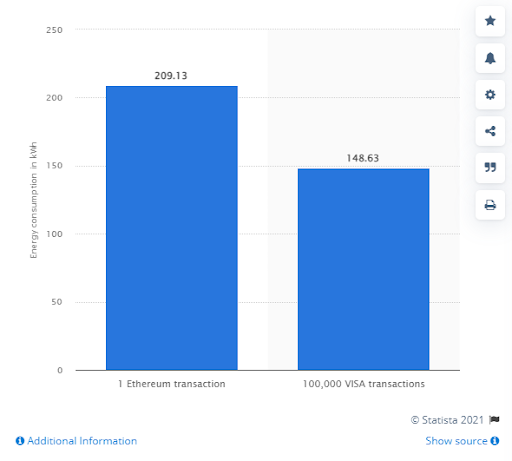
Anxiety can be a good thing, people don’t think that but it is, it just has a bad reputation. As Mr. Nugent (Counselor at SPASH) says, “It is our body’s response to things that might be fearful or worrisome. It’s the reason we won’t go into a den full of sleeping bears or jump into a pit of snakes.” This is saying that anxiety is ok because it is a part of human nature, we are going to be anxious it’s the level of anxiety we feel that helps us know if we need help. This leads me to another point from Mr. Sorensen (Teacher at SPASH) “I believe occasional anxiety is part of life. It’s when it occurs a lot that it frequently affects a person daily that support is needed.” Thus, anxiety is common, but that doesn’t mean it’s the same as everyone else’s anxiety.
NAMI (National Alliance of Mental Illness) states “Anxiety disorders are the most common mental health concern in the United States,” which tells us that you aren’t alone with the feelings you have. Also from an anonymous student “Anxiety is not uncommon. Anyone can have it, there doesn’t necessarily have to be a reason.” There doesn’t have to be a reason, but when you think about it most of the time there is a reason, but that reason doesn’t always make sense or become clear until later on.
So we know everyone has anxiety but everyone’s anxiety isn’t exactly the same Mr. Sorensen says “I see anxiety on a daily basis. It shows itself differently in students, but it ranges from sleepiness to restlessness behaviors” so if it shows itself differently, there must be different types like NAMI states “There are many types of anxiety [including Generalized Anxiety Disorder (GAD) and Phobias].”
There are also different ways people want to be helped as this anonymous student says “Some people don’t want to talk or be touched while experiencing an anxiety attack. Other people may want to be held/hugged,” and some people just want you to check-in with them, whatever you do it doesn’t have to be much, they will appreciate it nonetheless. Mr. Nugent says “keeping in mind the things and people who I love and hold close to me. That tends to help and add perspective to a situation that may cause stress or seem insurmountable.” This is something everyone can do to help them keep themselves from doing something else that will harm them in any way. So “Ask for help once in a while, even if you think the person you ask will say no,” well said anonymous student, well said.
Specifics on the different anxiety disorders
First, Generalized Anxiety Disorder (GAD), “produces chronic, exaggerated worrying about everyday life” stated by NAMI, which can be a lot on it’s own but then you throw in that it can cause people to become exhausted and cause headaches, tension, and nausea, that’s not a great experience for anyone that has GAD.
Then, there’s Social Anxiety Disorder, NAMI states,“more than shyness, this disorder causes intense fear about social interaction, often driven by irrational worries about humiliation (e.g. saying something stupid or not knowing what to say).” Panic attacks are a bit more common with this anxiety disorder.
Next is Phobias, NAMI states that “Someone [that has] a phobia [has], certain places, events or objects [that] create powerful reactions of strong, irrational fear. Most people with specific phobias have several things that can trigger those reactions.” Some symptoms for all of these: Emotional: Feelings of apprehension or dread, feeling tense or jumpy, restlessness or irritability, anticipating the worst, and being watchful for signs of danger. Physical: Pounding or racing heart and shortness of breath, sweating, tremors and twitches, headaches, fatigue and insomnia, upset stomach, frequent urination or diarrhea.
Lastly, we have Panic Disorder, this one has more panic attacks but the panic attacks associated with this disorder are worse and happen at any given moment. They can be mistaken for a heart attack because of chest pains, shortness of breath, heart palpitations, and nausea. Some people will go so far out of their way to avoid a panic attack that they will isolate themselves.
People with anxiety also need support. They can’t do everything on their own. As Mr. Sorensen says, “Support may be therapy/counseling, medication.” Not only would the counselors like to “Provide a safe space to talk through things and find a sense of center and calm,” said by Mr. Nugent, but the teachers would also “Reassure the student. If necessary I give the student space and respect their individual needs when they are struggling. If possible I offer distraction activities, like taking a walk, opportunity to talk, taking a break from school work, If I know the student struggles with anxiety I’ll have a plan to be more preventative (use of fidgets, breaks, etc.),” said Mr. Sorensen.
One more thing, you are not alone and I 100% hope you believe me when I say that because it’s true. If you need someone reach out even if it’s not about anxiety or depression. If you don’t talk to somebody no one is actually going to help and it won’t go away. All your friends, your family, teachers and counselors, they want to help you, but you have to talk to them. If you think it’s not worth it to reach out it will eat you away until there is nothing left. Even if it’s one person, if you need help, say something, do something about it don’t just sit there in silence. If there is one thing you do after reading this let it be this, check in on a friend whether you think they are struggling or not, if they’re a bit off check up on them. YOU ARE ENOUGH.


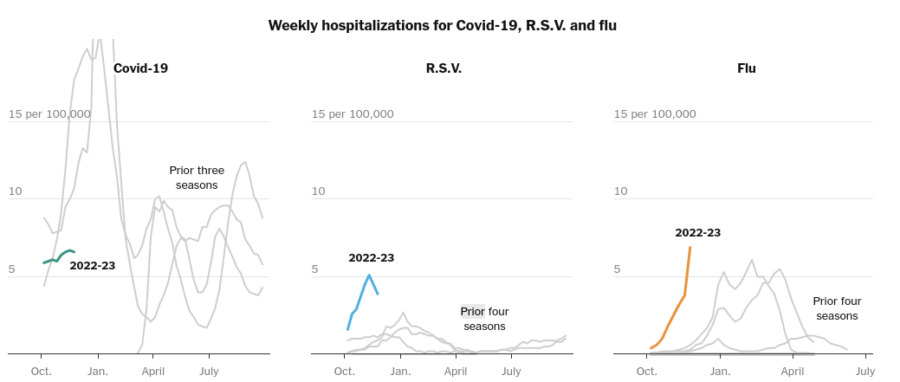
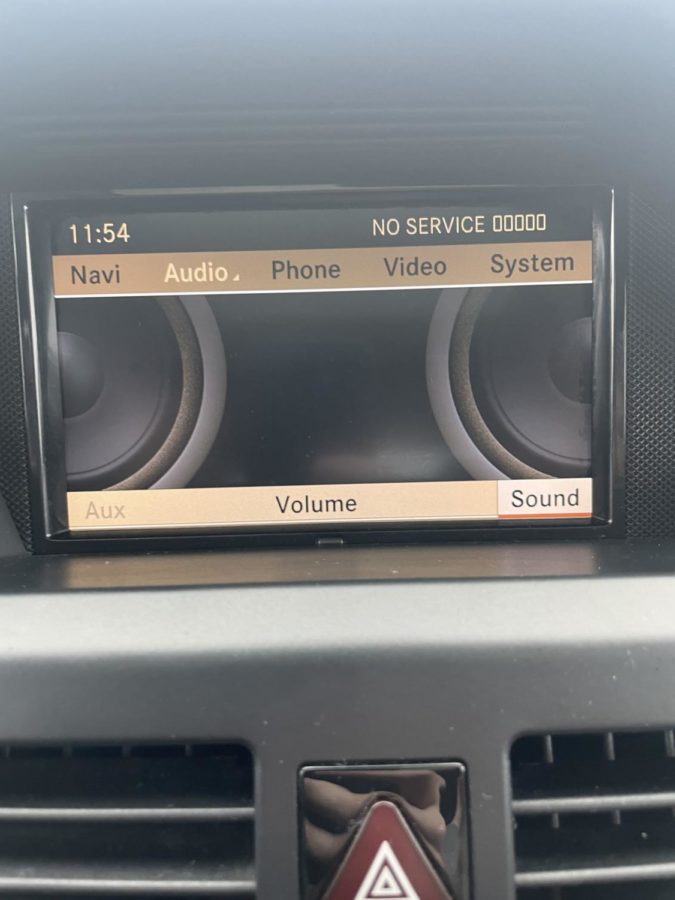
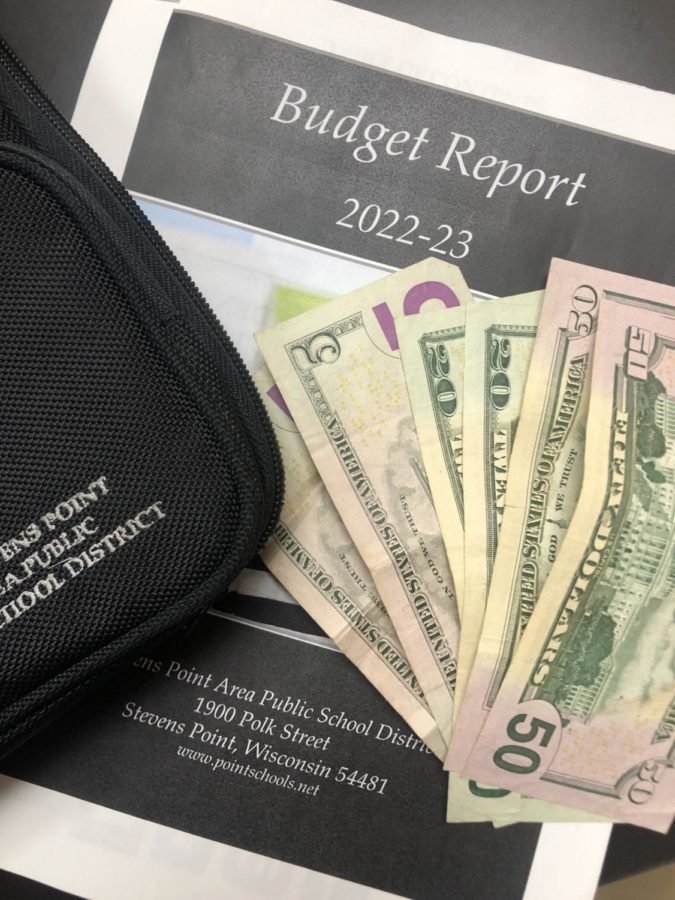
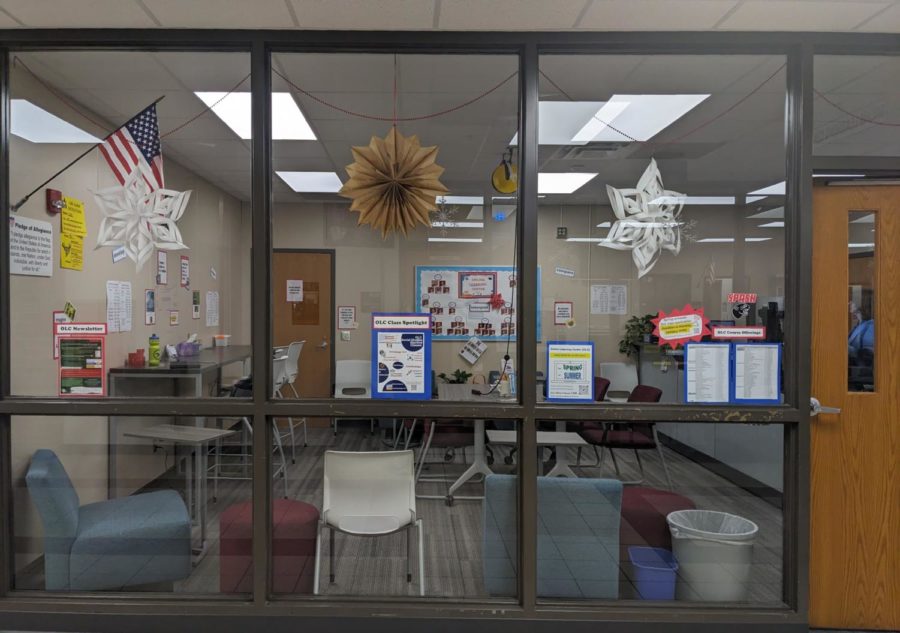



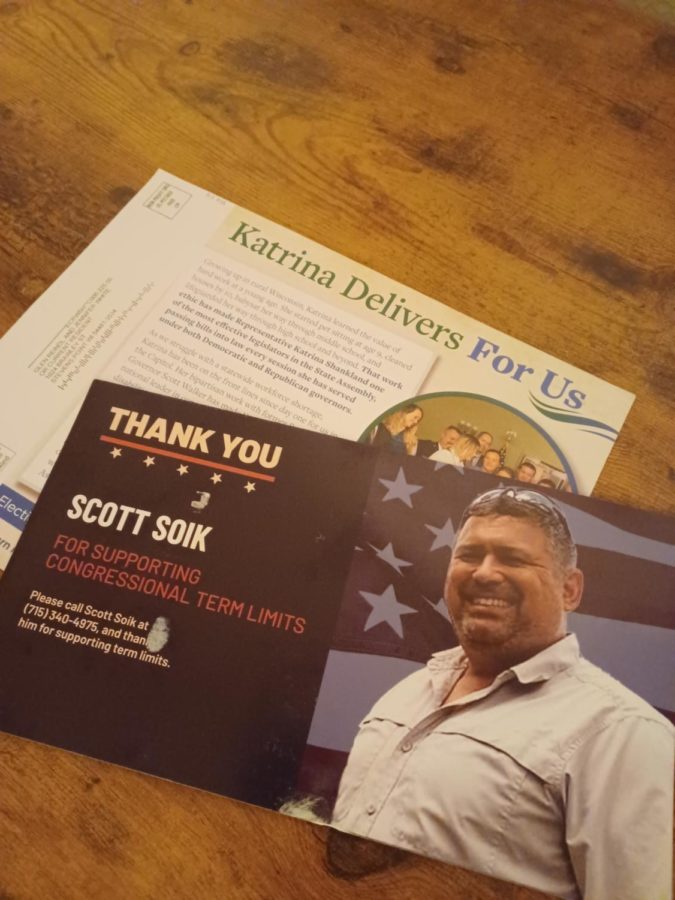
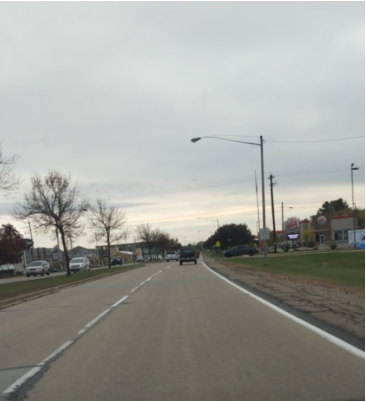


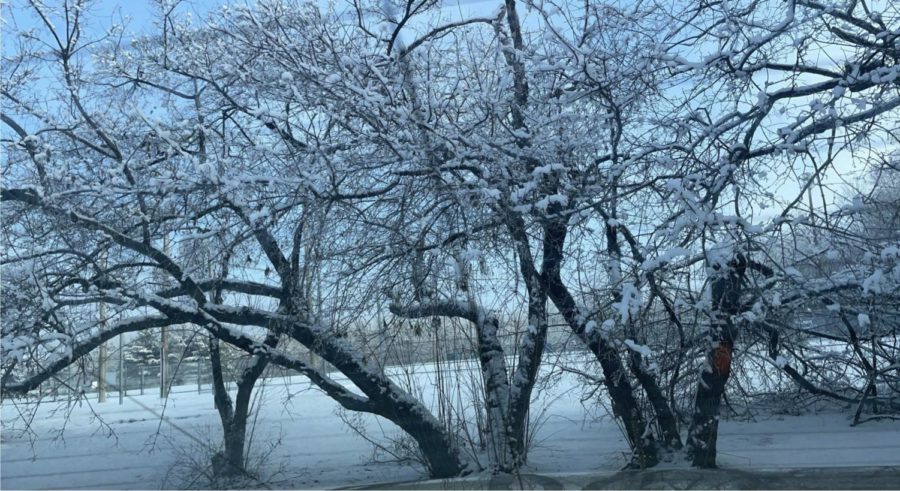

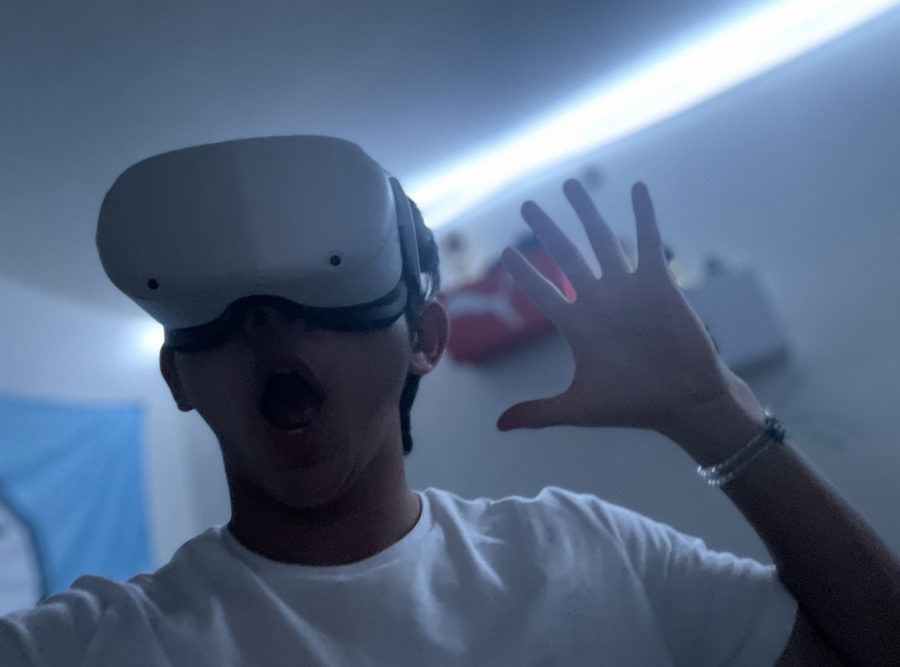

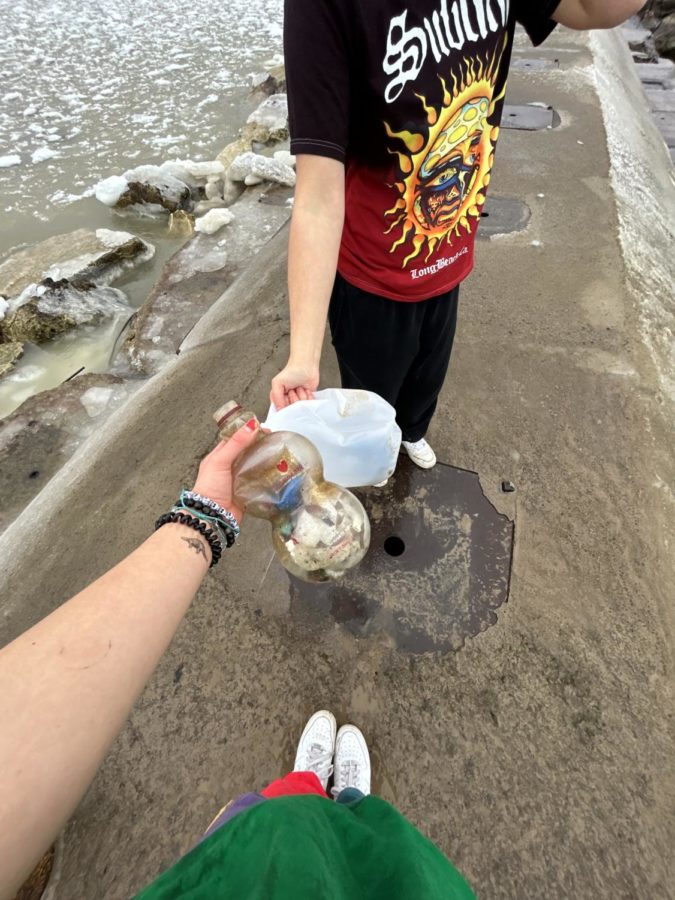

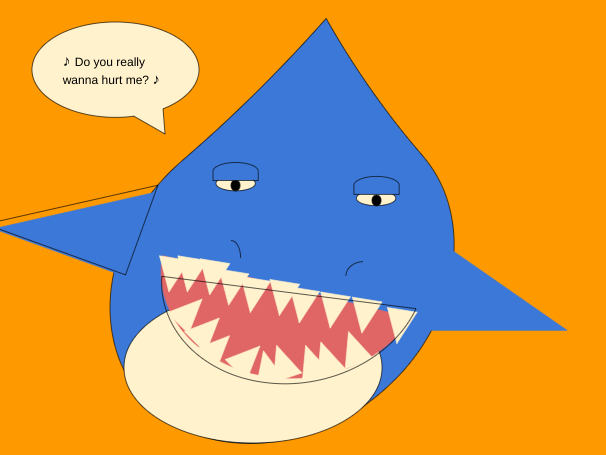






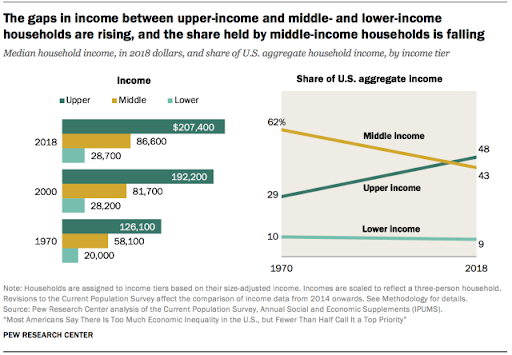
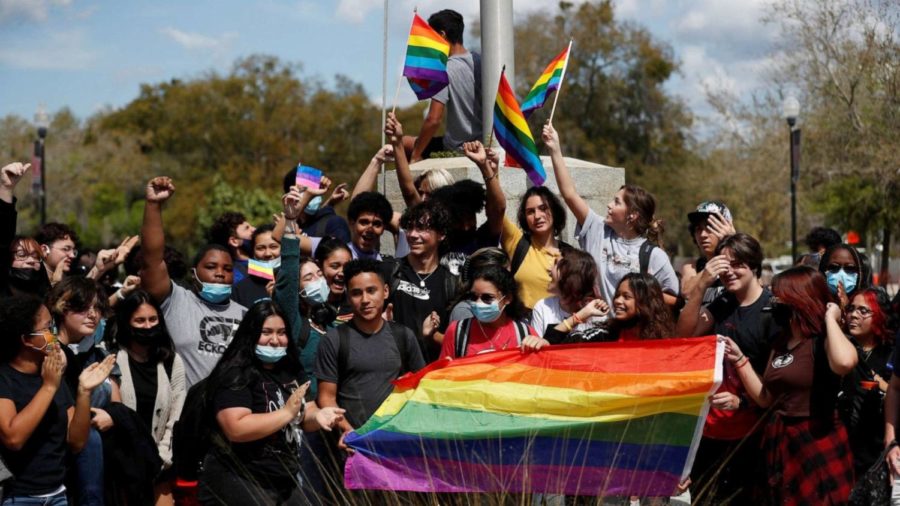

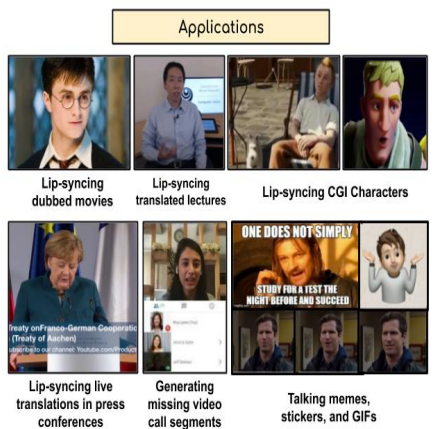
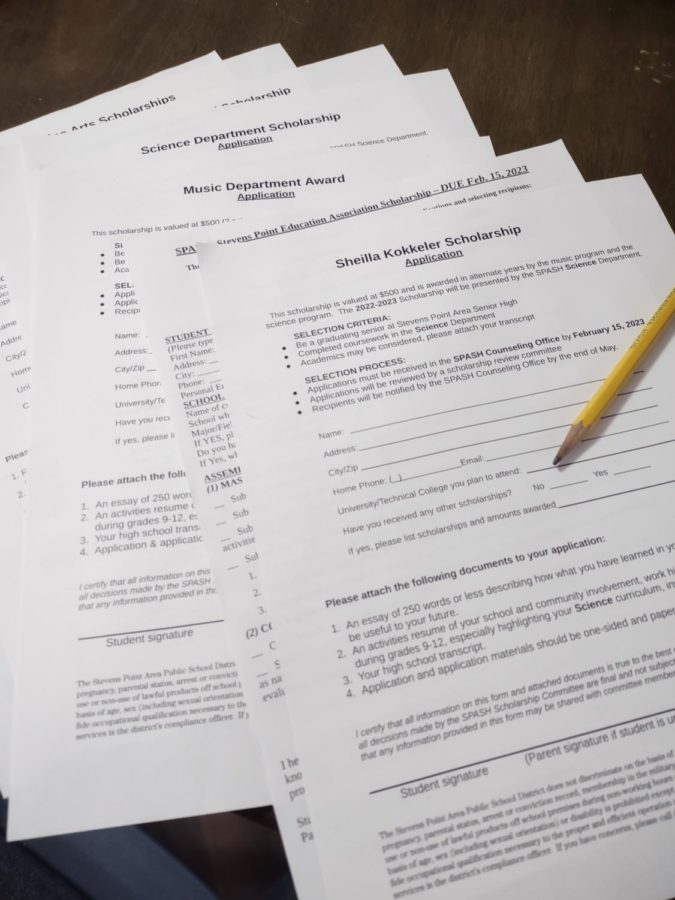




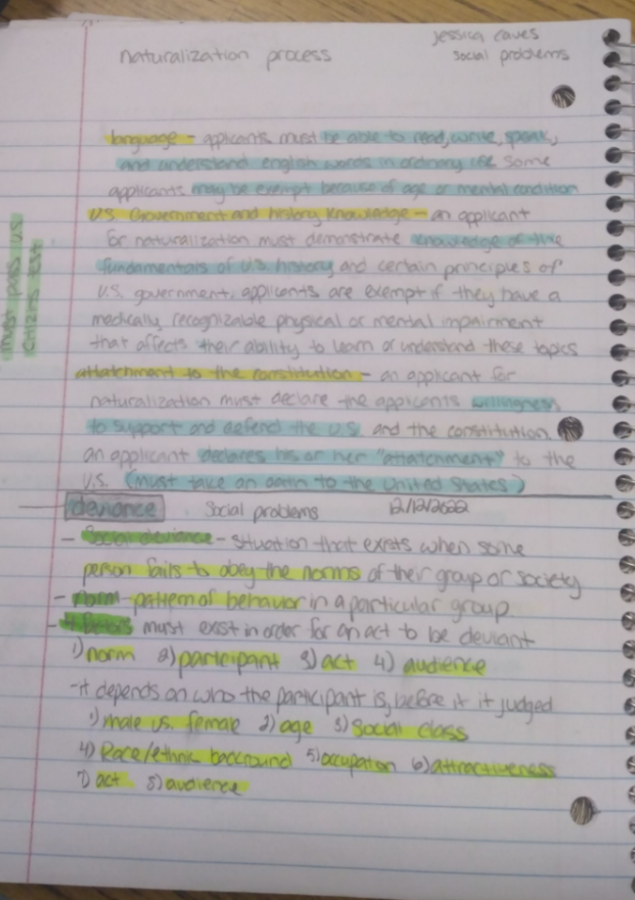
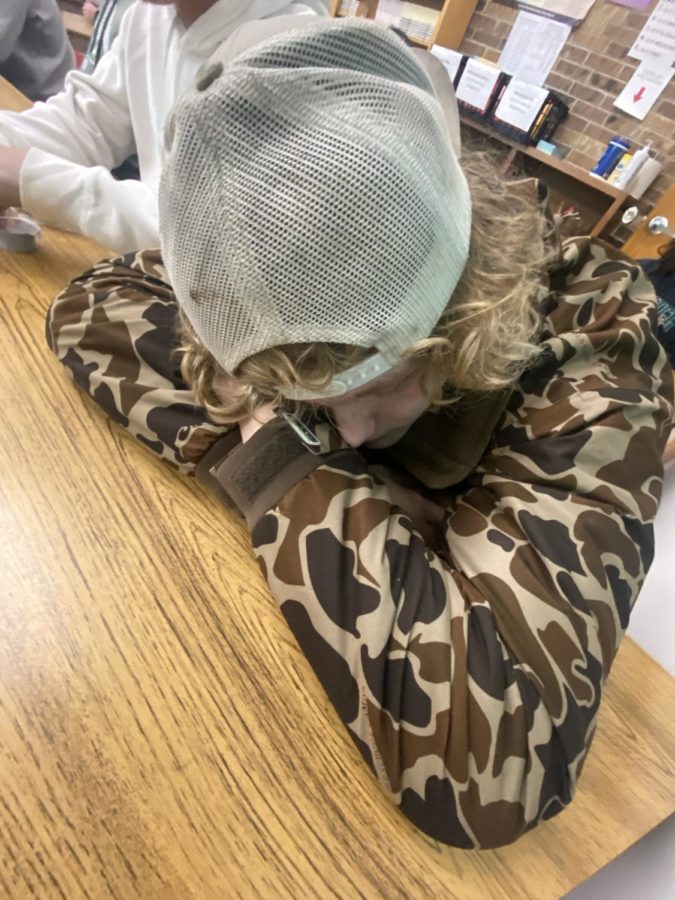

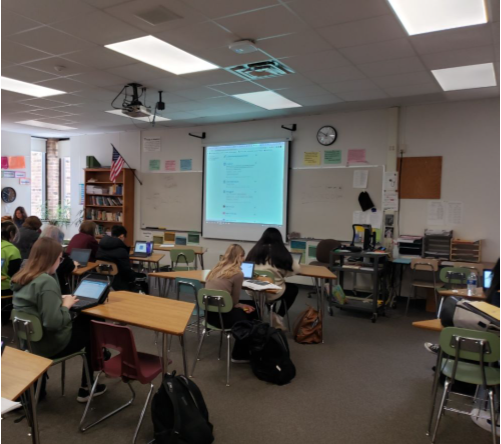
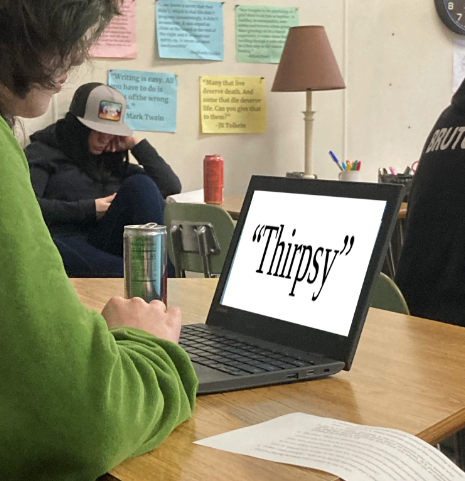


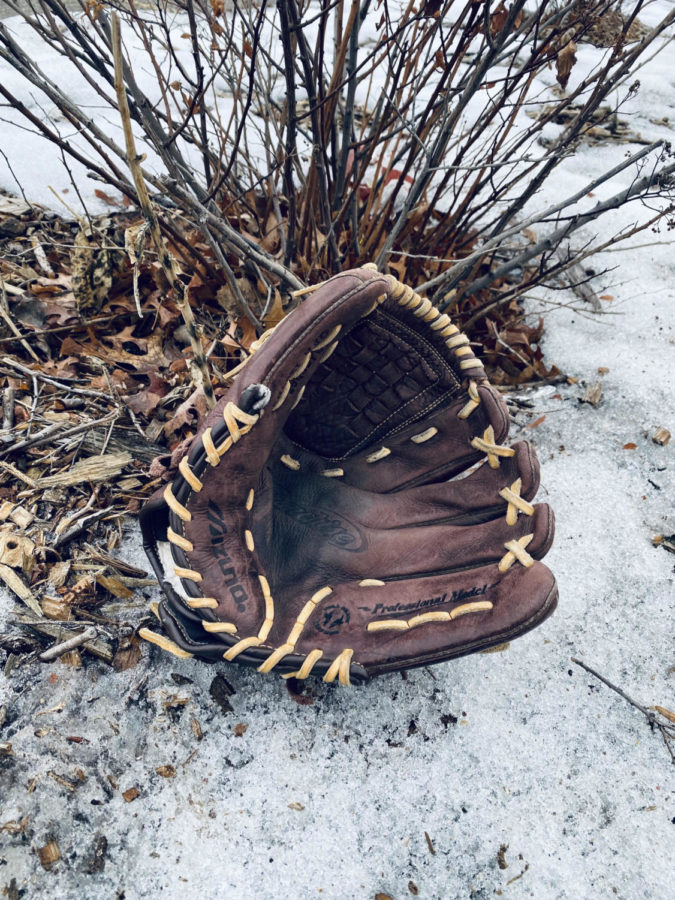


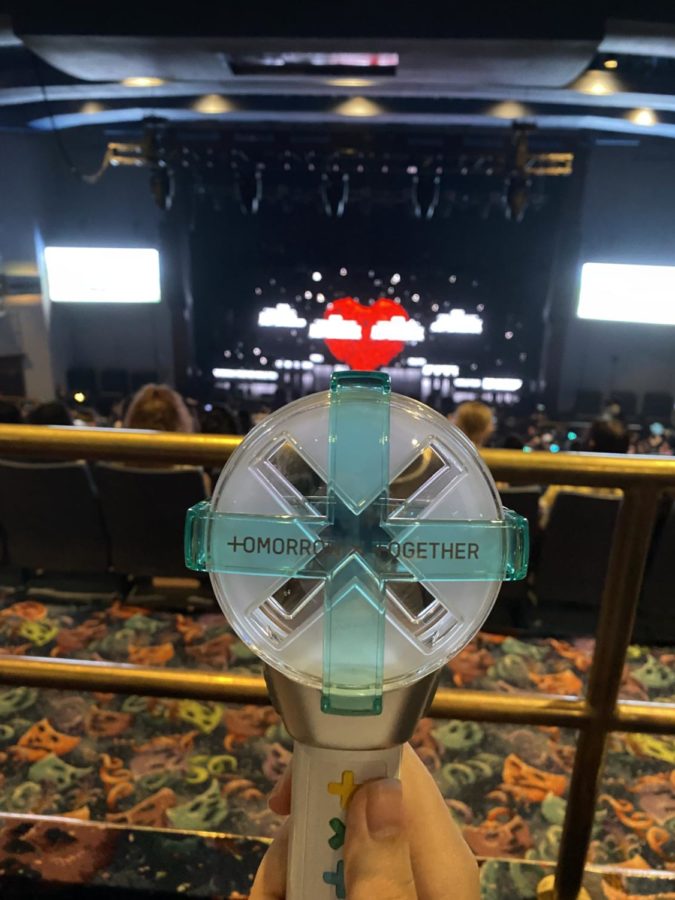

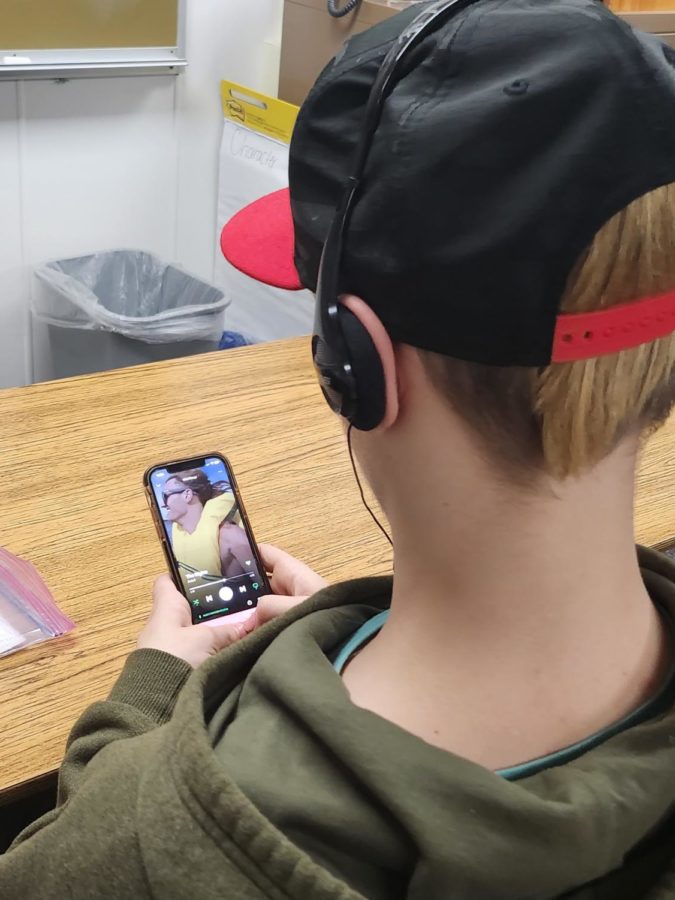
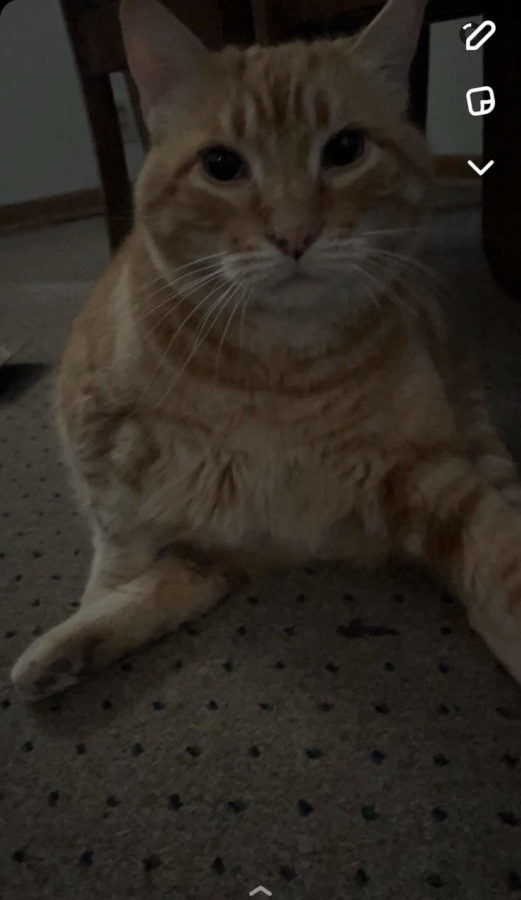
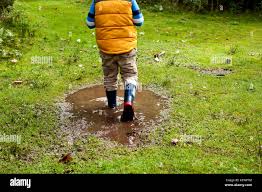





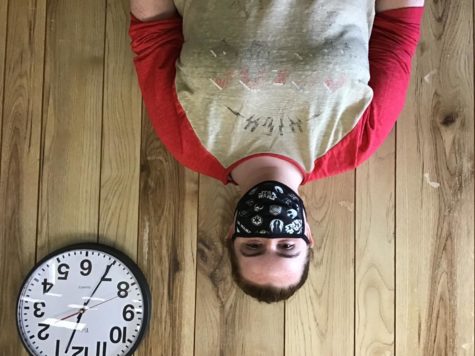
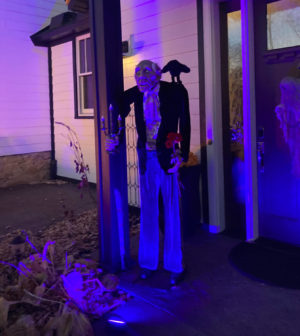
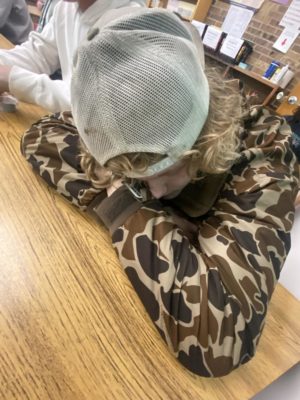


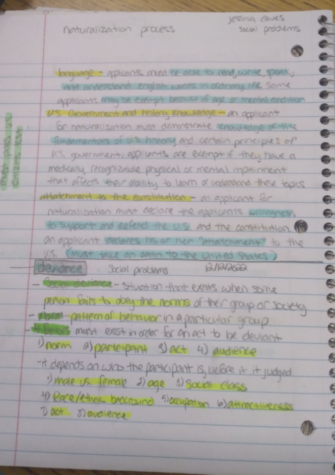
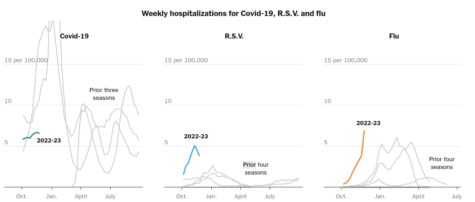
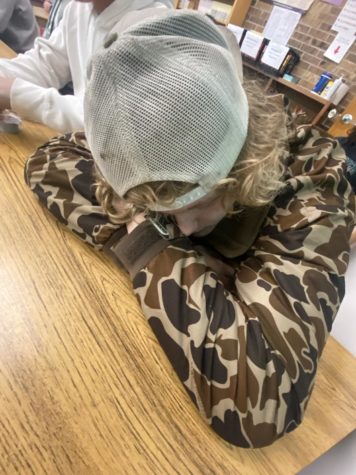


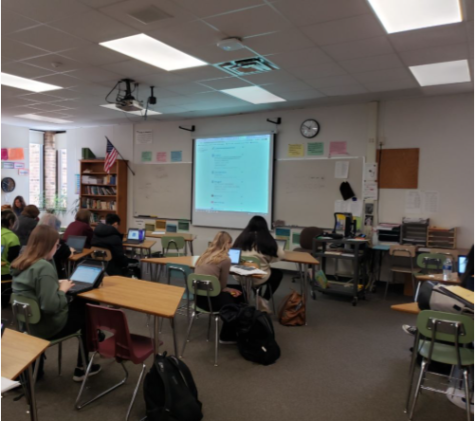
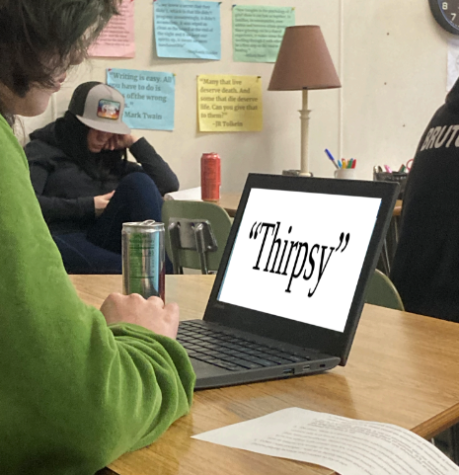
Xavier S. • Dec 16, 2021 at 8:48 AM
Sam, I have found your title very interesting because so many people have dealt with anxiety. I think the reason why people deal with anxiety is that some people can be dealing with a lost family member or if you are shy, scared.
I have anxiety about bugs so it’s ok if you’re scared of something, just try to ask for help so you don’t have to be scared or afraid of that something.